
U.S. Reduces Tariffs on Japanese Cars to 15% Under Trump’s Deal

In a move reshaping U.S.-Japan trade relations, former President Donald Trump confirmed a new agreement that slashes tariffs on Japanese car imports to 15%. The announcement, made on social media, followed months of mounting pressure and negotiation.
Previously, the administration threatened a steep 25% tariff on Japanese vehicles if a deal wasn’t reached before August 1. Instead, this agreement not only eased that threat but also brought new developments for both American and Japanese automakers.
Key Terms of the Deal

Instagram | newsofbahrain_ | Trump confirmed 15% tariffs on Japanese cars after negotiations.
The trade pact includes several headline-making points:
1. Japanese car exports to the U.S. now face a 15% tariff, reduced from the proposed 25%.
2. Japan will open its ports to more American vehicles, including trucks.
3. The deal includes additional agricultural exports from the U.S., such as rice.
4. Japan will invest $550 billion into the United States as part of the agreement.
These provisions mark a significant shift in how the two nations manage automotive trade. The U.S. auto industry, already strained by global tariffs, saw this as a critical update.
How the Tariff Breakdown Works
Although the 15% tariff seems straightforward, it actually includes layered components. According to Japan’s NHK broadcaster, the administration agreed to reduce the auto-specific tariff from 25% to 12.5%. Combined with the existing 2.5% import duty, the final rate now stands at 15%. That still represents a major drop from what could’ve been a damaging 25% charge.
According to The New York Times, Shigeru Ishiba, Japan’s Prime Minister at the time, acknowledged the update and awaited further clarification from diplomats based in Washington.
Impact on Japanese Automakers and Market Response
Japan’s automotive sector quickly responded to the announcement. The trade deal comes as a relief, particularly given the country’s heavy reliance on vehicle exports to the U.S. Major Japanese auto brands experienced an immediate surge in investor confidence:
Toyota shares rose by 14%
Nissan climbed by 8%
Honda jumped 11%
Analysts pointed out that reduced tariffs mean stronger competitiveness for Japanese models in the American market. Vehicles that previously faced higher import duties can now sell at lower prices or bring greater profit margins.
Concerns From U.S. Industry Leaders

Instagram | @revistapluspy | American car makers are frustrated, as the Japan deal disadvantages their North American vehicles.
While the deal appears favorable for Japanese automakers, it has stirred unease among American car companies. The American Automotive Policy Council—representing Ford, General Motors, and Stellantis—argues that the agreement tilts the playing field against North American manufacturers.
Their concern centers on the fact that many Japanese imports contain only a small fraction of U.S.-made components, yet they will now be subject to a lower tariff than cars assembled in North America with a far higher share of domestic parts. Council President Matt Blunt called it a direct blow to American industry, saying such deals “undercut American workers and businesses.”
Union leaders and trade advocates share this view, seeing it as yet another example of policy that rewards foreign assembly over homegrown production.
A New Chapter in U.S.-Japan Automotive Trade
For consumers, reduced tariffs could mean Japanese cars hitting U.S. showrooms at more competitive prices—possibly making models like the Toyota Corolla Hybrid or Honda CR-V even more appealing to budget-conscious buyers. Yet this affordability comes with a flip side: American automakers may be pushed to trim costs, rethink supply chains, or double down on unique selling points such as advanced EV technology, luxury features, or niche performance models.
In the bigger picture, the agreement is part of a broader U.S.-Japan effort to cement economic ties in the face of shifting global trade dynamics, where tariffs are as much a diplomatic tool as they are an economic one. Trump’s administration repeatedly leaned on tariffs as negotiation tools — this deal proves that pressure can yield strategic outcomes when used deliberately.
Lower tariffs often open doors. With this agreement, Japan gains room to grow in the American market, while U.S. manufacturers must now rethink their strategy. Trade talks like these remind global players that economic influence doesn’t only come from products—it also comes from policy.
More inAuto News
-
`
How to Save on Tesla Car Insurance Without Compromising Coverage
Owning a Tesla often brings savings on fuel and a futuristic driving experience, but the conversation changes quickly when it comes...
June 26, 2025 -
`
10 Weird Cars That Turned Heads and Won Hearts
Some cars turn heads with speed, others with luxury—but a rare few grab your attention simply by being delightfully strange. From...
June 20, 2025 -
`
Next-Gen Jeep Cherokee Expected to Arrive by Late 2025
After a break of two years, Jeep is prepared to relaunch the Cherokee brand. The automaker confirmed the return with fresh...
June 12, 2025 -
`
9 Tips to Make Night Driving Safer and Less Frightening
Once the sun dips below the horizon, driving becomes more than just a commute—it becomes a challenge. Limited visibility, harsh glares,...
June 6, 2025 -
`
The Impact of AI on Middle Management and Leadership Dynamics
Artificial intelligence is reshaping modern management practices. While intended to streamline tasks like approving time off or managing internal applications, its...
May 31, 2025 -
`
Car Insurance Rates Were Set to Fall—Then Tariffs Changed the Game
For many drivers, there was reason to hope for some relief on car insurance costs this year. After a strong performance...
May 25, 2025 -
`
Tesla Robotaxi Service to Launch Soon – How Will It Affect Tesla Stock?
Tesla’s stock continues to go up as the business gets ready to launch its long-awaited robotaxi service. Scheduled for June in...
May 16, 2025 -
`
How the U.S. Government Plans to Ease Safety Rules for Self-Driving Vehicles
Something subtle but seismic just happened in the world of autonomous vehicles: U.S. regulators quietly peeled back some of the old...
May 9, 2025 -
`
Wedding Photographer Shares Life-Changing Tip for Grooms
Weddings often carry a mix of nerves and excitement, especially for the groom standing moments away from seeing his partner in...
May 2, 2025

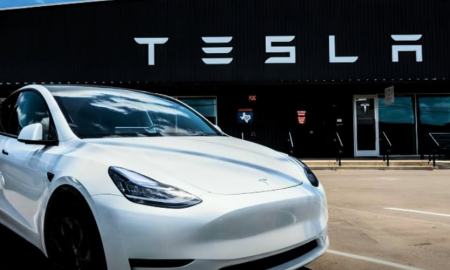





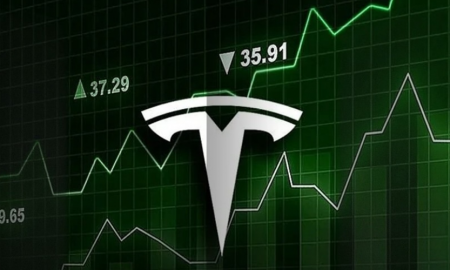
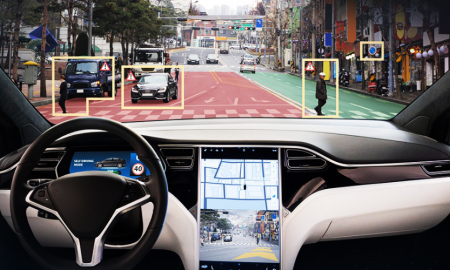




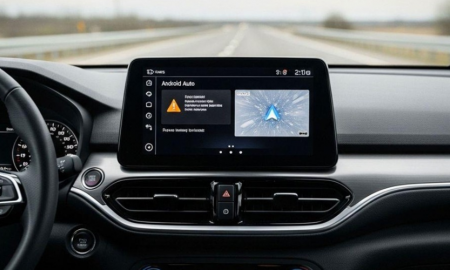
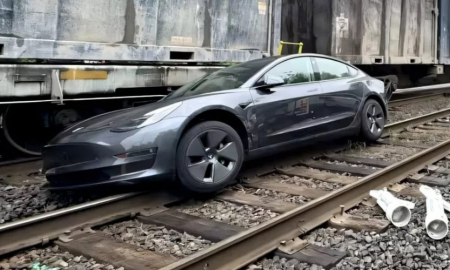
You must be logged in to post a comment Login